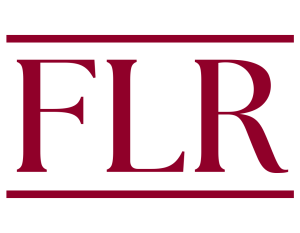More than forty years ago, in Board of Education v. Pico, the U.S. Supreme Court considered the constitutionality of a school board’s decision to remove books from its libraries. However, the Court’s response was heavily fractured, garnering seven separate opinions. In the plurality opinion, three justices stated that the implicit corollary to a student’s First Amendment right to free speech is the right to receive information. Thus, the plurality announced that the relevant inquiry for reviewing a school’s library book removal actions is whether the school officials intended to deny students access to ideas with which the officials disagreed. The plurality’s reliance on the “right to receive information” drew strong opposition from the dissenting justices, who stressed that the plurality had fashioned a new right by encouraging judicial intervention in school book removal decisions.
Today, the Court’s fractured opinion in Pico leaves many questions unanswered for students affected by school library book removals. Using PEN American Center v. Escambia County School Board as a case study, this Note explores the current First Amendment and Equal Protection Clause arguments used by students challenging school book removals. In that case, Escambia County removed ten books featuring themes about race, gender, or sexuality from its school libraries. The plaintiff students alleged that the school board violated their First Amendment right to receive information and their equal protection rights. In light of Pico’s progeny and existing equal protection doctrine, this Note argues that the defendant school board’s actions in PEN American Center violated the First Amendment and Equal Protection Clause. Using the facts of PEN American Center, this Note suggests how courts reviewing similar book removal cases should analyze students’ First Amendment and equal protection claims.

